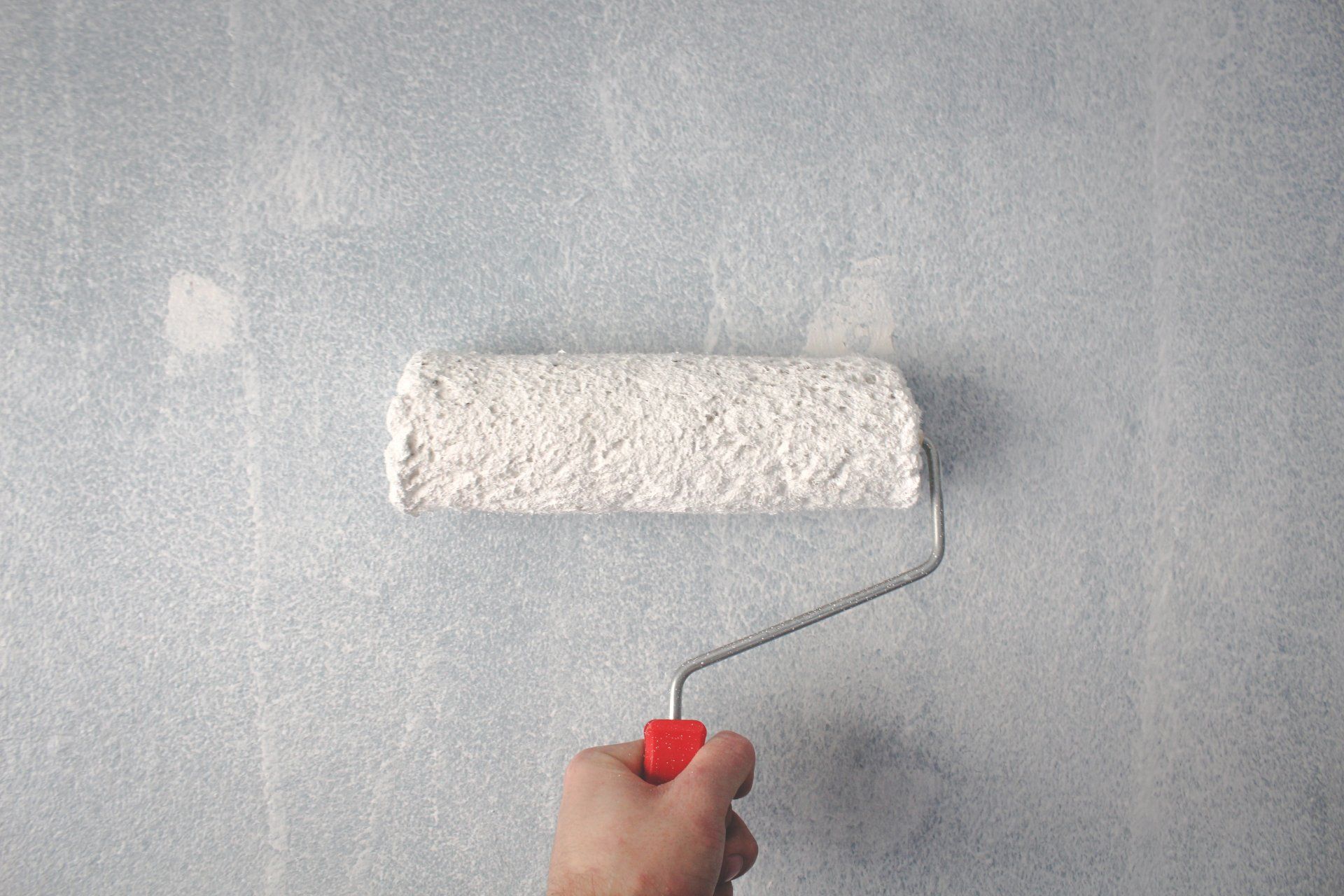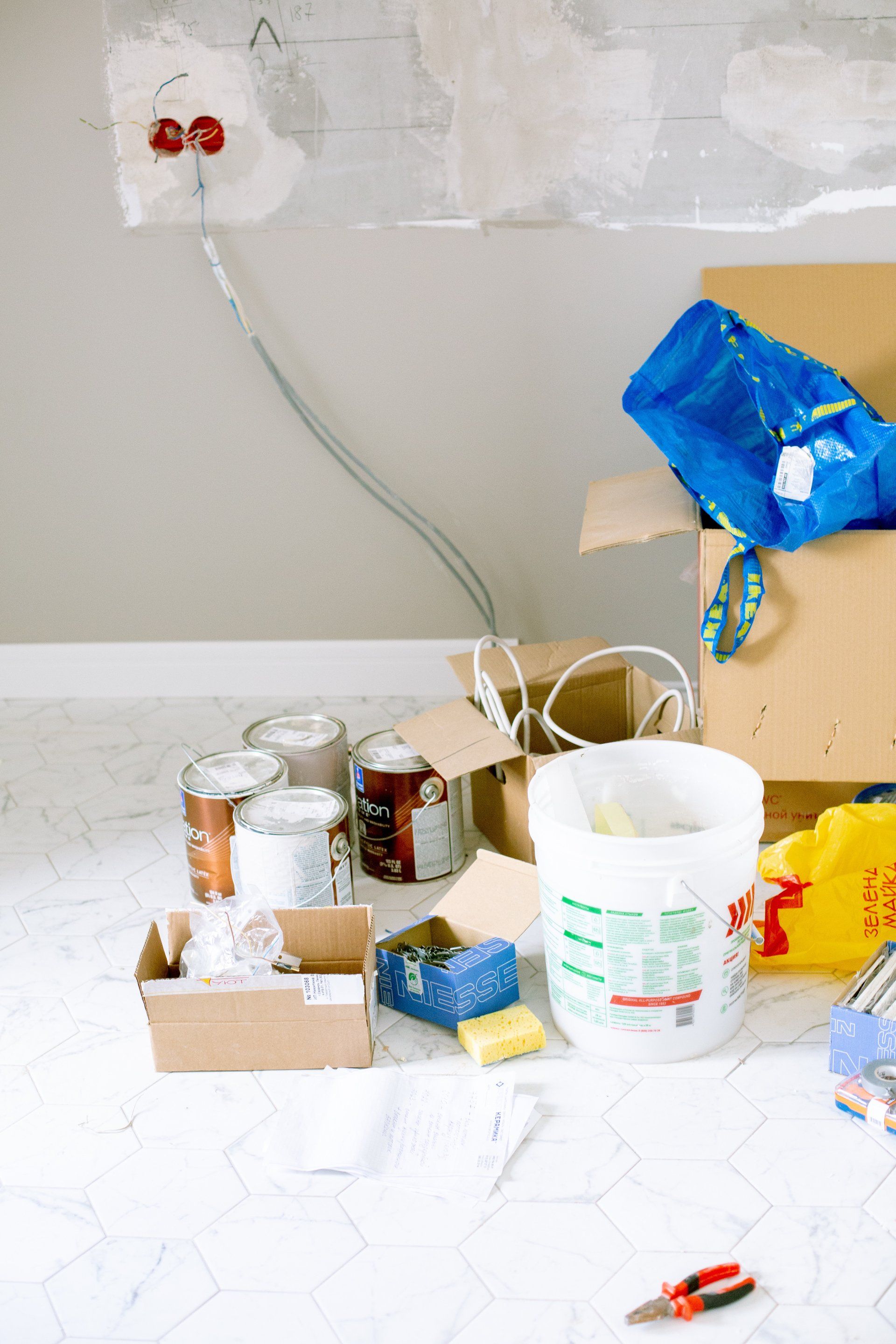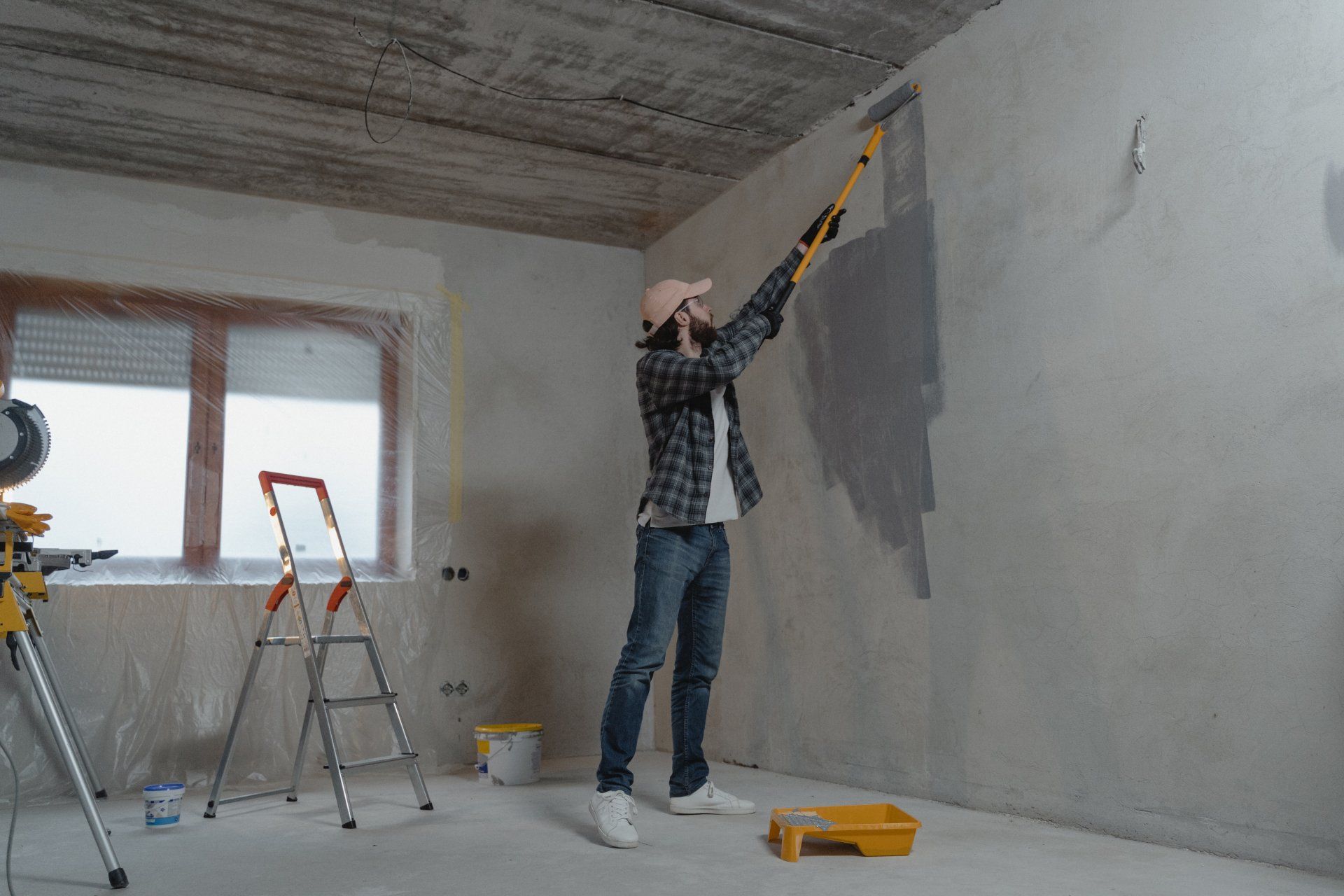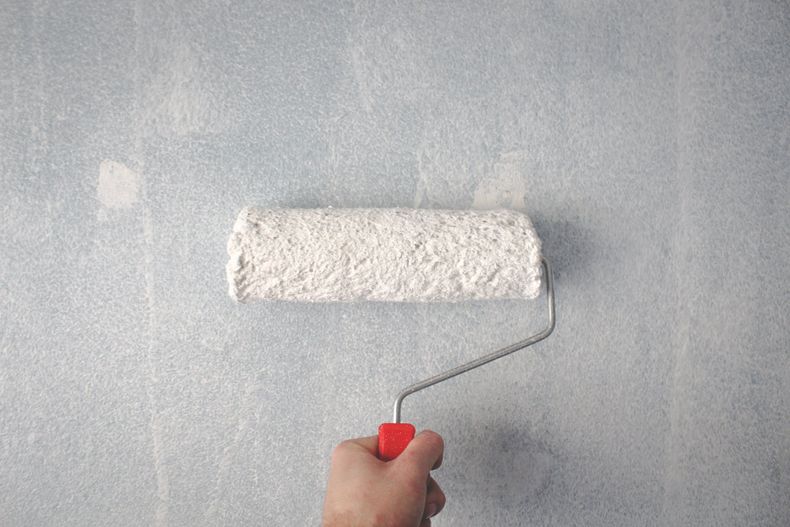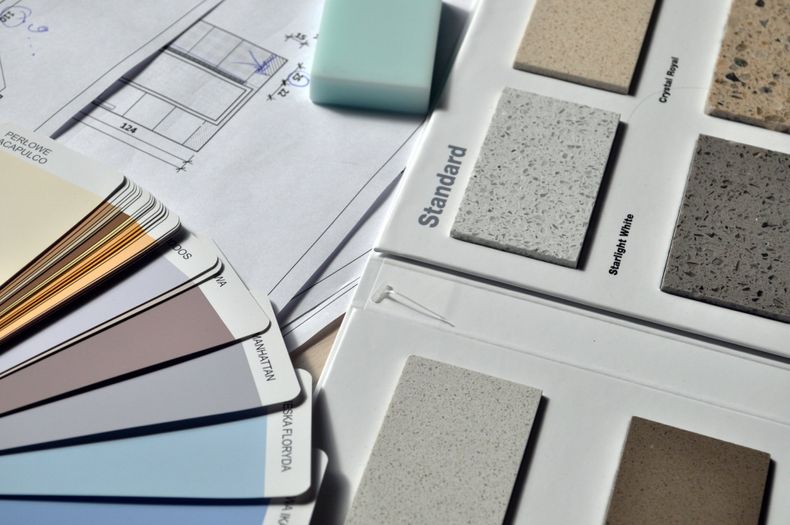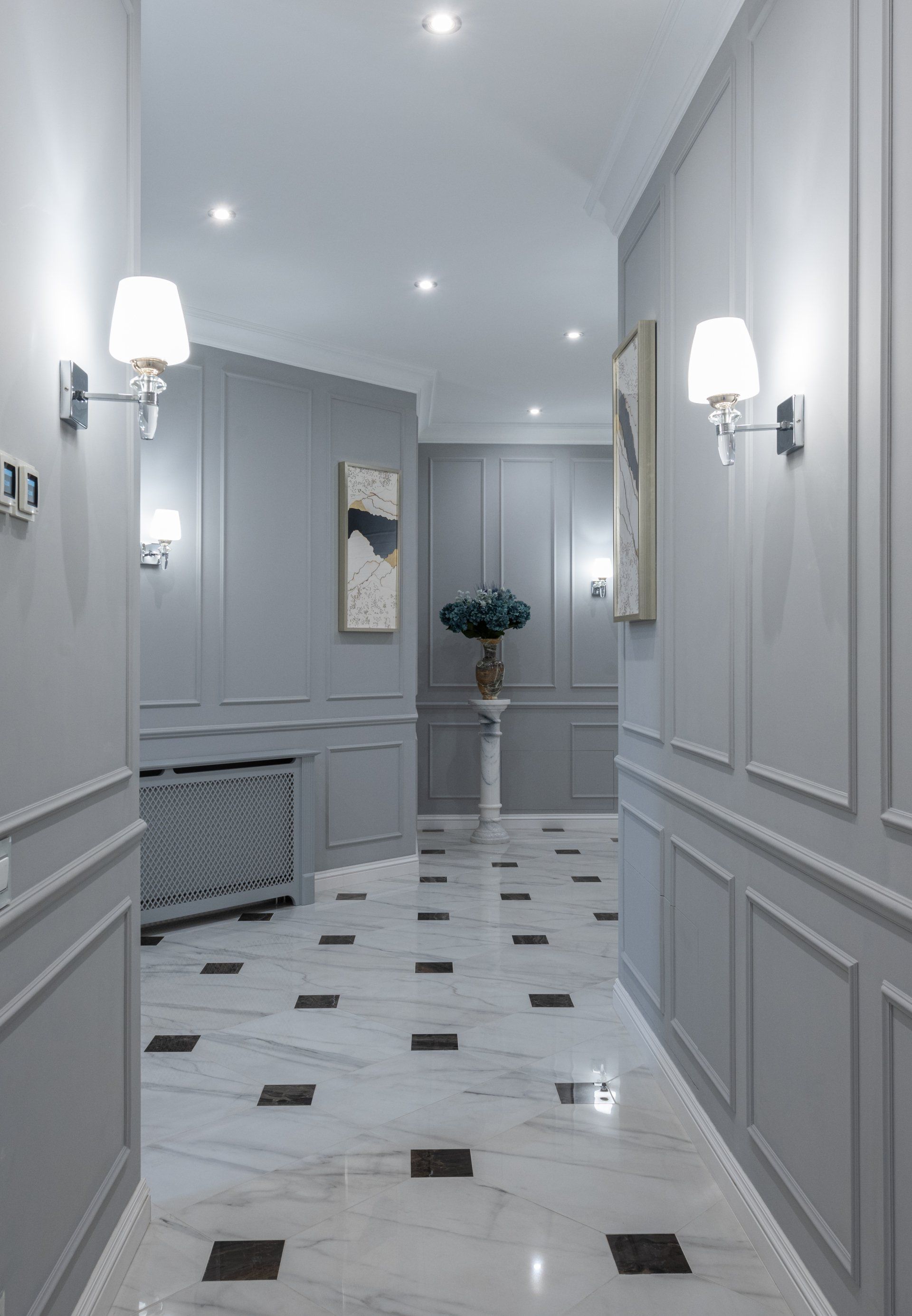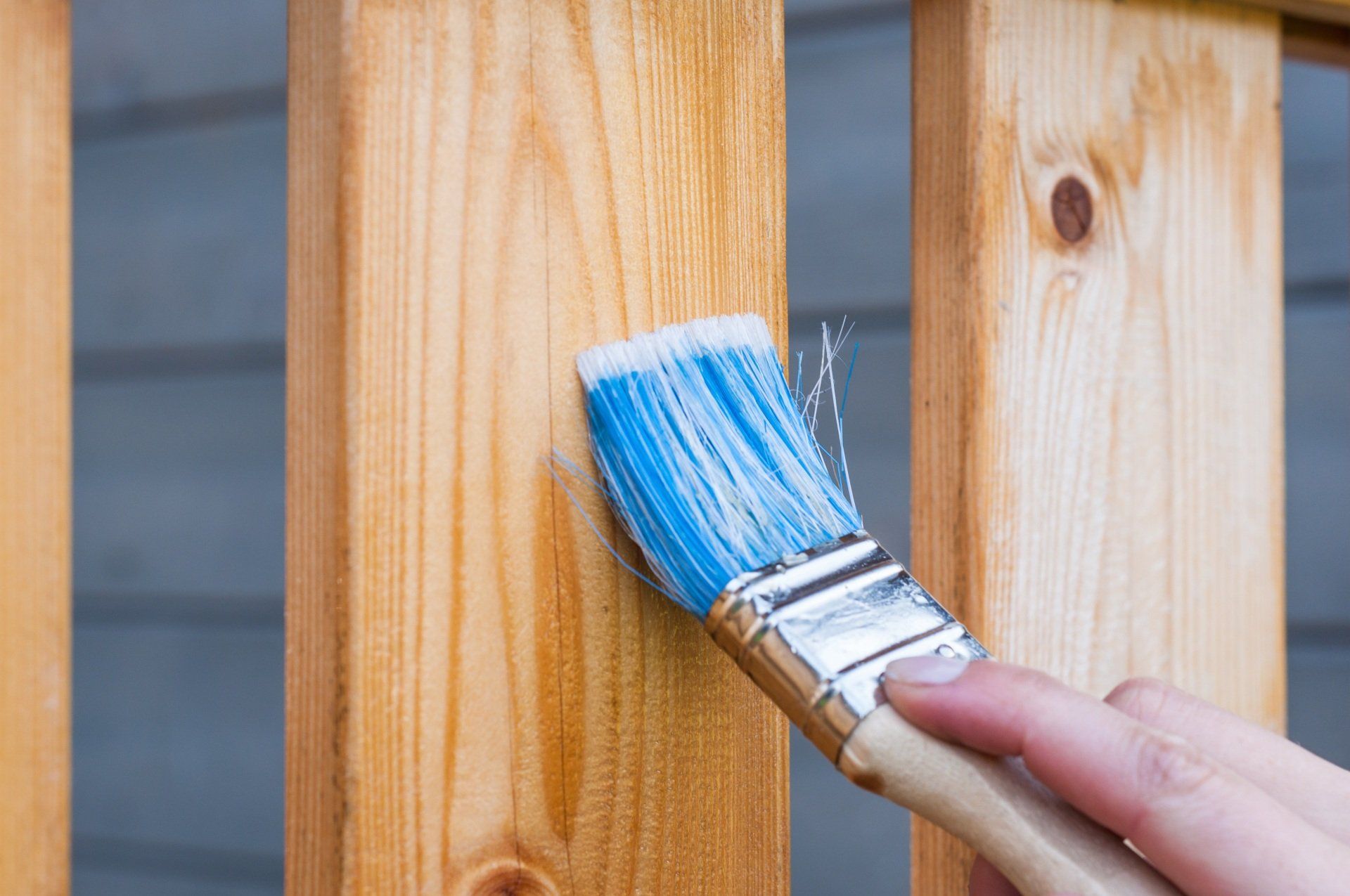22 Mar, 2021
A fresh coat of paint can turn the oldest, soulless house from bleak to chic. But is the result as predictably pleasing when you do the painting yourself? Before you take it on, a DIY house painting job seems a very approachable project. And this year in particular, with finances being tight because of the Covid-19 pandemic, we are all looking for home improvement projects we can do ourselves to save money. What’s true, though, is that a DIY paint job is anything but easy. It is quite easy to get less than impressive results. But we are not about to let that happen. Call it a house painting contractors’ code, but we want every freshly painted house to look totally transformed, in the right way – whether it’s us or you doing the painting. To turn your DIY paint job from an okay result to ‘my friend from the book club really has to see this’, we have compiled the following professional painting tips and tricks: Tips and Tricks for a Professional- Looking To DIY House Painting Job 1. Choose the Right Paint Brushes A bad painter blames his brushes. Well, maybe that’s not the exact quote, but the meaning is the same. Any job starts with the right tools, without which the result is predictably poor, and the work itself ponderous. For a house painter, your tool of the trade is the paintbrush. A pro tip is to avoid the old brushes from your last paint job. As old paintbrushes are often worn and firm, they leave marks and troughs that will be hard to level out. Those brushes are also difficult to handle, which means your paint won’t spread as smoothly across the surface. The same applies for your roller brushes. Buy new ones, and make sure they have the right thickness. If too thin, the brush will not reach into crevices on rough plastered walls, which means generally poor paint coverage. Roller brush covers that are too thick will give you an exaggerated texture on smooth walls. Again that may not be the finish you are looking for. Be sure to invest in a good quality painter’s tape to make your cut lines straight. Also, get a good roller extension pole to make it easy to paint those tough-to-reach areas. The pole makes the job less strenuous on the body too. 2. Prepare Your Surfaces Well A professional painter’s job is already some way done by the time they start the actual painting. They know the end result relies heavily on a well-prepared surface, as a pre-primed heavy linen canvas is to an oil painting. If you are repainting an old house with flaky, peeling paint, you have got to remove that old paint first. Only after the surface is smooth to the touch should you move to the actual painting. As you may need to sand, fill holes and dints, and caulk, budget enough time for the prep. In older previously painted homes, prep can consume the bulk of the project time, and that’s OK because what matters is the end result. Even with all their experience, a pro painter will not discount the importance of tape. They will tightly tape off all the trim and baseboards. They know that painting is a messy job, that despite all the care you may take, there will always be paint that drips where it shouldn’t. 3. Invest in the Right Quality Paint Pro painters know what to look for in a ‘quality’ paint, which mostly isn’t the paint’s coverage. They will tell you most cheap paints cover well because they have higher chalk concentration than resin. Yet the resin is what makes a durable paint. The thing with paint is that the solvents, which help the paint to spread, will evaporate as the paint dries. The actual solids – the resins and pigment are what will remain. So if the paint is thin on resins, which is what binds the pigment particles together, that protective film that will remain on your wall after the paint dries is not going to be as tough and will chalk before long. As it is often hard for DIYers to tell good paint from the poor stuff from looking at it, choose the premium, more expensive paint as it will last the longest and give you a more pleasing finish. 4. Protect Floors and Furniture From Paint Spills and Splashes The messes are what separates truly professional, experienced painters from DIYers. Pro painters know paint will always drip and splash about. So they take their time covering all the furniture and floors, making sure to tape off window panels and where the floor meets the wall. Just know that it is easier to cover areas you don’t want to be painted than it is to clean off paint spills and splashes. 5. Choose the Right Weather to Paint In The weather affects how long your paint takes to dry between coats. Unless you have chosen quick-drying paints specifically because you envisage that the weather isn’t going to be warm enough, wait for a nice warm day that’s not too hot or windy to paint. You don’t want to be painting in direct sunlight where it’s so hot that the paint dries too fast. The idea behind how paint works is, to fully adhere, it needs time to soak into the substrate before it fully dries. If the paint dries before it has properly soaked in, the consequence is it will not adhere as well as it should. The effect is the same with windy conditions as that too leads to paint drying too fast. 6. Always Warm Your Paint Cold weather causes paint to thicken up and become more viscous, making it more difficult to work with. While some manufacturers supply paint that’s specially formulated for cold conditions, to be sure, always warm your paint before painting. The best way to warm your paint is to place the paint can in a basin of hot water. To make sure it warms evenly, stir the paint while it’s in the hot water bath. If the weather is particularly cold on paint day, it is a good idea to keep the paint can in hot water as you paint to keep it warm. In colder climates, higher relative humidity also tends to be an issue. To avoid the effects of painting over wet surfaces where moist air has condensed on the surface to be painted, aim to paint where the substrate temperature is 3 degrees Celsius above the dew point. Painting over surfaces where there is condensed moisture affects the paint’s ability to adhere. It also causes blistering and blooming when using solvent-based paints. With water-based paints, the wet surface will thin the paint, meaning you will not get as thick a coating as you had budgeted for. 7. Box Your Paint to Keep the Colour Consistent Boxing your paint simply means mixing all the paint into one container. You want to do this as the paint cans may be from different batches where the color and viscosity may be slightly off. Boxing your paint means you will have a consistent color right through your project. It also means the paint covers more consistently and that it gives you a more uniform finish. 8. Know Which Way to Paint From Finally, the paint meets the wall. This is the part you were looking forward to the most. Getting the best result requires getting the basics right, starting with the right way to paint, which is from top to bottom. Start with your edges, first by taping and sealing off the ceiling, door frames, and baseboards. Taking the corners first, slowly drag your brush across the taped line. These are the details you don’t want to rush, so patience is key here. Where you have taped paint lines, don’t wait until the paint has completely dried to take the tape off. Do so before the last coat has dried to avoid the risk of the paint peeling off with the tape. For the rest of the wall, make sure your rollers are saturated with paint but not to the point they are dripping. Having enough paint on the brush means you won’t have to apply too much pressure on your strokes. And don’t roll until the brush has no paint left as that tends to leave streaks and marks on the surface. If you follow the tips we have shared here, your DIY paint job should give you a result you will be very happy with, perhaps enough to turn a pro painter’s head. However, if this now all seem too much work than you had envisaged, it is best to let a professional residential painting contractor take on the job. MB Painting is a professional residential and commercial contractor painting contractor with a growing reputation in the city of Edmonton, AB. Contact us here to discuss your next painting project.
